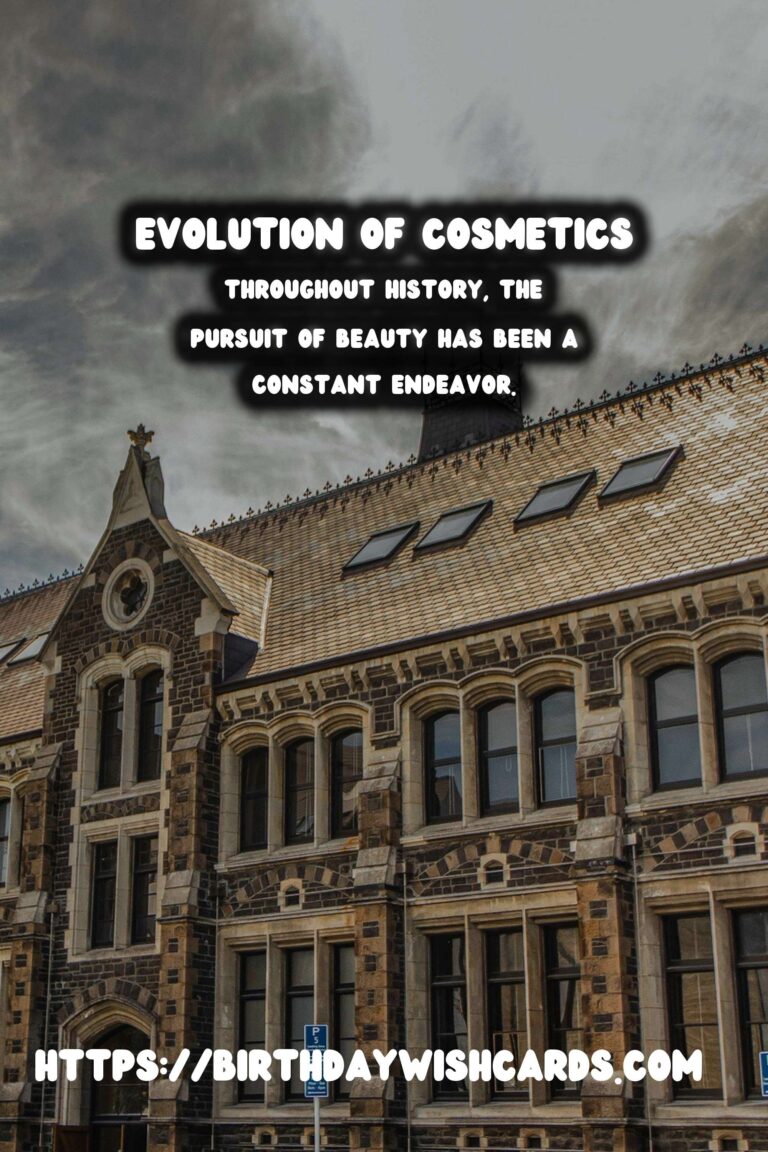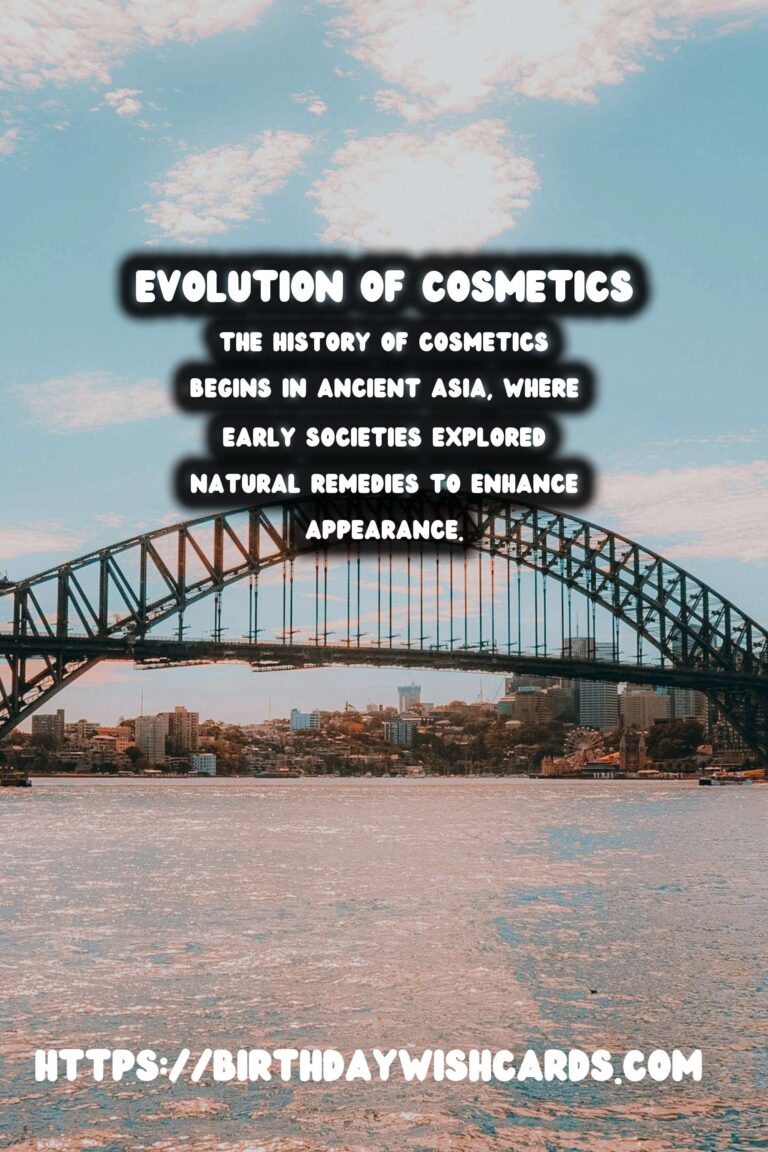
Throughout history, the pursuit of beauty has been a constant endeavor. Cosmetics have played a crucial role in this journey, evolving from natural substances in ancient cultures to sophisticated products in today’s market. This exploration traces the fascinating journey from the origins of cosmetics in Asia to the modern beauty industry.
Ancient Roots in Asia
The history of cosmetics begins in ancient Asia, where early societies explored natural remedies to enhance appearance. In China and Japan, the use of rice powder and plant-derived oils were popular for achieving smooth skin. Similarly, in India, ayurvedic practices involved herbal concoctions that catered to both beauty and wellness.
In China, cosmetics were reflective of social status. During the Tang Dynasty, beauty standards included pale skin achieved with lead-based powders. Similarly, intricate hairstyles adorned with precious accessories were a testament to one’s social standing.
Expansion and Evolution in the Middle East
As trade routes expanded, so did the exchange of cosmetic practices. The Middle East served as a vital conduit for these traditions. Notably, Kohl, a black powder used to outline the eyes, spread across cultures, becoming a staple for both aesthetic and medicinal purposes.
The Egyptians, renowned for their love of cosmetics, perfected the art of kohl application. They also utilized red ochre for lip color and henna for hair and body art, practices that hold significant cultural value even today.
Cosmetic Renaissance in Europe
With Rome’s expansion, cosmetic practices were introduced to Europe. Roman men and women borrowed extensively from Egyptian routines, with an emphasis on skin care and fragrance. However, it was not until the Renaissance period that cosmetics saw substantial development in Europe. With influences from Asia and the Middle East, European cosmetics began to incorporate more sophisticated techniques and recipes.
This period marked the creation of guilds for perfumers, allowing for the professional crafting of scents. Queen Elizabeth I of England was known for her striking white complexion achieved through lead-based face paints, a trend that set the standard for nobility.
Industrialization and the Birth of Modern Brands
The industrial revolution catalyzed the growth of cosmetics, shifting production from small batches to mass manufacturing. The 19th century witnessed the birth of brands that are still recognized today. This era also brought forth significant advancements in product safety and ingredient transparency.
As consumer awareness grew, so did the demand for diverse products, leading to the introduction of makeup for all skin tones and types. Iconic brands like L’Oreal and Revlon emerged, capitalizing on this newfound awareness and transforming makeup into an essential part of everyday life.
The Digital Age and Future Trends
Today, the cosmetic industry is a testament to the innovation driven by global influences. The rise of digital platforms has democratized beauty, allowing for diverse representation and personalized experiences. Brands are now focused on sustainable practices, with an emphasis on vegan and cruelty-free products. Moreover, technology is paving the way for virtual try-ons and AI-driven skincare solutions.
The future holds unlimited potential as brands continuously adapt to consumer preferences rooted in health, inclusivity, and environmental consciousness.
Cosmetics, from their ancient beginnings to modern innovations, remain intertwined with human identity, cultural expression, and artistic creativity.
Throughout history, the pursuit of beauty has been a constant endeavor. The history of cosmetics begins in ancient Asia, where early societies explored natural remedies to enhance appearance.
#CosmeticHistory #BeautyEvolution

